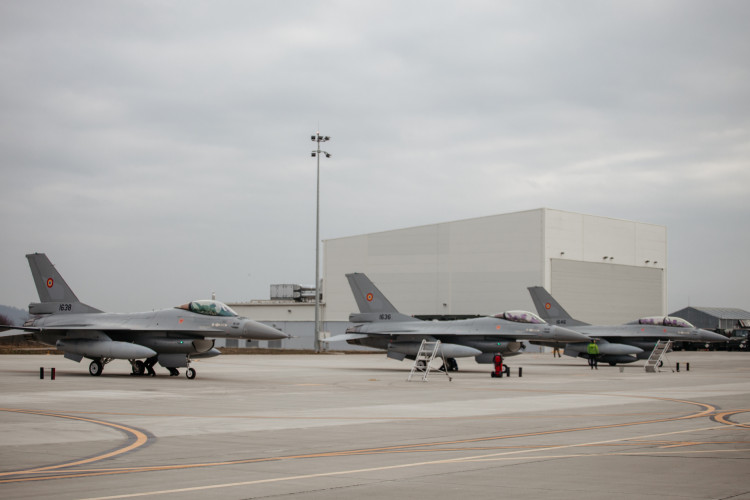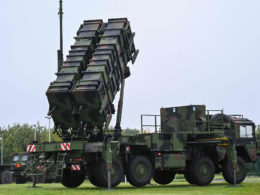The Romanian senate approved two laws on 26 February that allow the military to shoot down unauthorized drones and conduct military missions and operations during peacetime on Romanian territory.
RFE/RL Romania reports that the legislation on controlling national airspace usage passed with 78 votes in favor, 11 against, and 2 abstentions. The law regarding peacetime military missions and operations on Romanian territory received 80 favorable votes, 12 against, and 2 abstentions.
"We are strengthening Romania's defense!" interim Senate President Mircea Abrudean wrote on Facebook. "The first law regulates the downing of unauthorized drones that violate Romanian airspace. The second law allows more efficient collaboration between the Romanian Army and NATO partners on national territory in missions and military operations conducted during peacetime."
Abrudean criticized senators from right-wing AUR, SOS and POT parties, saying they "showed they serve other interests, not those of Romanians." He assured that "Romania's security is not negotiable."
The liberal Save Romania Union (USR) also criticized the three right-wing parties, calling them "isolationist" and accusing them of wanting to "hand over Romanian airspace as a gift to Russia." USR Senator Cristian Ghinea explained the necessity of adopting these laws: "In 2014, some little green men without uniforms and without a declaration of war invaded Crimea and occupied it in favor of Russia. Yesterday, in the Senate Defense Committee, I asked what happens if tomorrow we wake up with 1,600 little green men in the Danube Delta. Eduard Bachide, the Secretary of State from the Ministry of Defense, replied that 'the Police will take them.' That is Romanian legislation at this moment!" General Vlad Gheorghiță, Chief of the General Staff, drew attention to this legislative gap, explaining that Romania did not yet have a clear legal basis either for shooting down hostile drones or for responding to possible incursions on national territory. USR Senator Sorin Șipoș called the law "a vital instrument for national security," granting the army "the legitimate right to intervene against enemy drones that violate airspace." Rejecting claims of "surrender of sovereignty," he stated, "Nothing could be further from the truth! On the contrary, this law strengthens Romania's sovereignty." Previously, the Romanian army could not shoot down drones or missiles violating its airspace unless a state of emergency was declared in the country, Militarnyi noted.Russia targeting Romania
In late December, it was reported that during a strike on Ukraine, a Russian cruise missile entered Ukraine through Moldova and Romania. The Russian cruise missile flew approximately 140 kilometers in Moldovan and Romanian airspace and reached its final trajectory in Ukraine's Chernivtsi Oblast. It passed from the Yampil area in Vinnytsia to the Darabani area in Botosani County, Romania.
In September 2024, the Romanian Ministry of Defense reported searching for new debris of Russian kamikaze drones due to increased attacks on border areas of Ukraine, resulting in some drones falling on Romanian territory.
Russian explosive drone crashes in Romania, NATO doesn’t see attack as intentionalRelated:
- Romanian far-right, Russia-linked candidate questioned as police uncover weapons, € 900,000 in raids
- NATO tests European deployment capabilities without US participation
- Sweden joins compensation scheme for Romania’s Patriot transfer to Ukraine
- Russian missile flew 140 kilometers over Moldova and Romania before reaching Ukraine – media
- Romania thwarts suspected Russian-directed sabotage attempt
- Ukraine repels Russia’s attack involving 50 drones, 4 missiles; two UAVs again breach Romania airspace
- “Less than 3 minutes”: Russian drone enters Romania’s NATO airspace again after attacking Ukraine
- Russian explosive drones again cross into NATO’s Romania, Ukraine destroys majority during night attack





